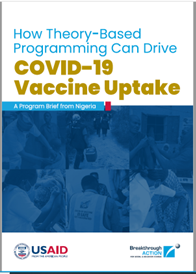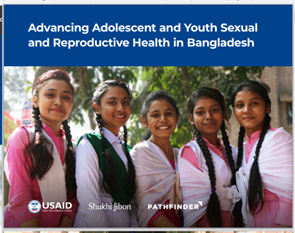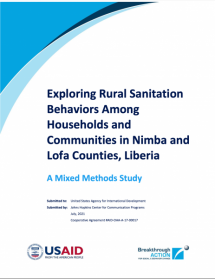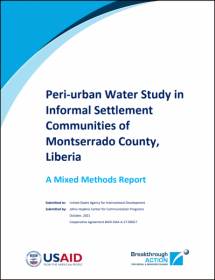Advancing Adolescent and Youth Sexual and Reproductive Health in Bangladesh
Bangladesh’s adolescent and youth population has urgent and varied needs for family planning services and sexual and reproductive health care. Yet a strong tradition of early marriage and childbearing, set against a backdrop of conservative social and gender norms, means adolescent and youth sexual and reproductive health and rights have historically been overlooked in national family planning programs.
The USAID-funded, Pathfinder-led Accelerating Universal Access to Family Planning Project, popularly known as Shukhi Jibon, is working to change this. This publication highlights Shukhi Jibon’s multi-pronged approach to advancing cost-effective solutions that enhance health providers’ skills and responsiveness, facility readiness, community engagement, and young people’s service-seeking behavior and contraceptive uptake—all of which can be scaled up across Bangladesh.
Source: Pathfinder International
Date of Publication: January 18, 2023




